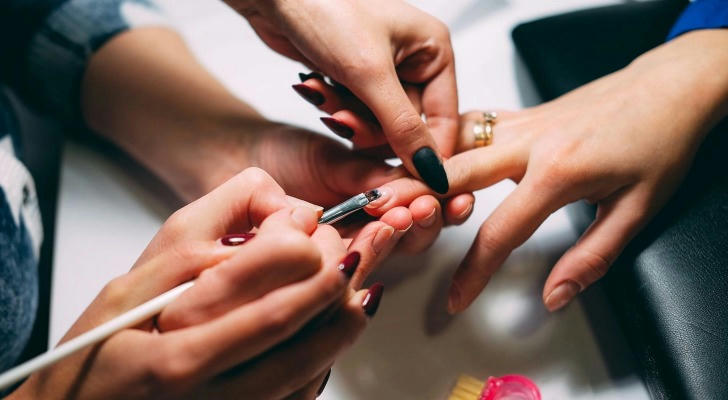Understanding the State Licensing Requirements for Nail Technicians
Becoming a licensed nail technician in the United States involves more than simply mastering nail art. Every state has its own set of requirements designed to ensure public safety and maintain industry standards. For anyone considering a career in this field, understanding how licensing works is a necessary step toward working legally and professionally in salons, spas, or independent settings.

The Role of State Licensing
State licensing exists to regulate the practice of nail technology and protect both practitioners and clients. These licenses confirm that a technician has received proper training, understands hygiene protocols, and can perform services safely and effectively. Without a license, it's illegal to offer professional nail services in most states.
Each state has its own cosmetology or licensing board that oversees applications, exams, renewals, and disciplinary actions. These boards publish official guidelines, which can be found on their respective government websites. Following these regulations is not optional; it is the foundation of a legitimate nail tech career.
Basic Requirements Most States Share
While the specific details can differ, several core requirements appear across most states:
Minimum age: Typically, individuals must be at least 16 to 18 years old.
Education background: Many states require a high school diploma or its equivalent.
Completion of a state-approved training program: Nail technician programs vary in length but often require several hundred hours of classroom and practical instruction.
Passing a licensing exam: Candidates are tested on both theory and practical skills.
Training Hours and Curriculum
Training hour requirements can vary significantly. Some states require around 250 hours of instruction, while others mandate closer to 750 hours. These hours are typically split between classroom learning and hands-on practice.
The curriculum usually includes:
Anatomy and physiology of the nails, skin, and hands
Infection control and sanitation
Manicure and pedicure techniques
Application and removal of artificial nails (acrylic, gel, dip powder, and more)
Nail art and advanced techniques
Laws and ethics related to salon work
Licensed schools must follow an approved curriculum that aligns with their state's requirements. Enrolling in a program that is not officially recognized can result in wasted time and money.
Exam Process

Once the required training hours are completed, most states require applicants to take a licensing exam. These exams generally include a written portion and a practical demonstration.
The written exam covers theoretical knowledge such as nail diseases, client safety, and product chemistry. The practical exam evaluates skills like filing, shaping, polishing, and applying artificial enhancements. The exam process is designed to ensure that technicians are prepared to deliver services safely and competently.
Testing is usually conducted by third-party organizations authorized by the state, and exam fees vary. Retake policies and passing scores also differ by location, so checking the official state board website is important.
Application and License Issuance
After passing the exam, candidates must submit an application for licensure. This step often includes:
Providing proof of training hours
Submitting exam results
Paying a licensing fee
Passing a background check in some states
Once the license is approved, it typically must be displayed at the place of business. Most licenses are valid for a set period, such as one or two years, and must be renewed according to state guidelines.
License Renewal and Continuing Education
To keep a license active, renewal is required. Some states also mandate continuing education to help professionals stay informed about new regulations, technologies, and techniques. This may involve attending approved workshops, classes, or online modules.
Failing to renew a license or complete continuing education can lead to suspension or revocation. It is essential to stay aware of deadlines and requirements published by the local licensing board.
Moving Between States

For those planning to relocate, it’s important to understand how state reciprocity works. Some states allow technicians licensed elsewhere to transfer their credentials, provided their education and exam standards match local regulations. Others require new residents to complete additional training or testing.
Before moving, it’s best to check the licensing rules in the destination state to avoid gaps in legal work status. This process may take several weeks or months depending on documentation and review times.
Why This Matters
Licensing is more than a legal box to check. It demonstrates professionalism, commitment, and respect for public safety. Clients are more likely to trust and return to nail technicians who follow state regulations and display proper certification.
Additionally, working without a license carries serious consequences. It can lead to fines, legal penalties, and permanent bans from practicing in some jurisdictions. Building a sustainable and reputable career starts with following the rules from the beginning.
Final Considerations
Anyone considering nail technology as a career should begin by researching the specific licensing requirements in their state. These rules can change, so it's important to consult current, official sources such as the state’s cosmetology board website.
Understanding these requirements allows aspiring professionals to plan their education, prepare for exams, and launch their careers with confidence. It also contributes to the industry’s overall credibility and safety—something that benefits both clients and practitioners alike.
